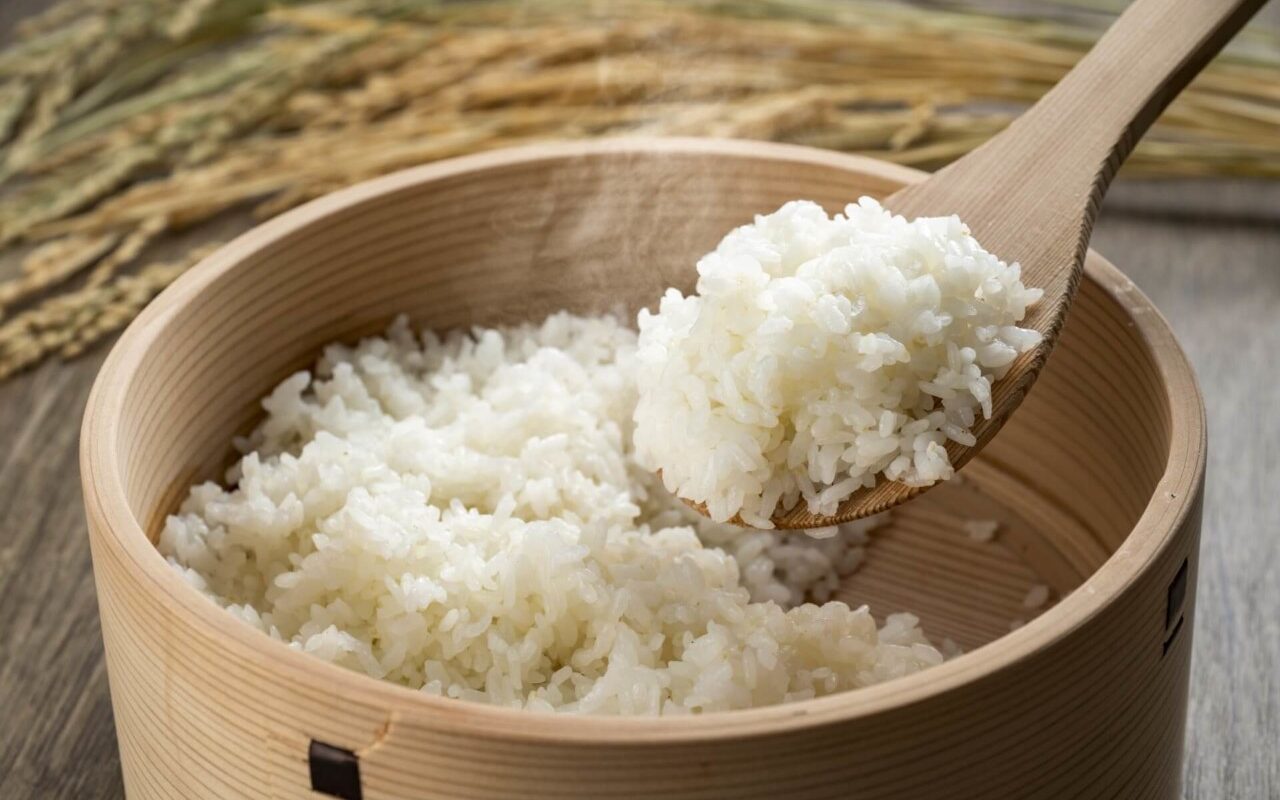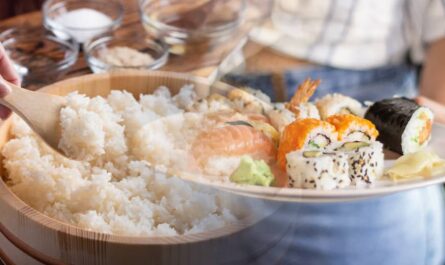For sushi enthusiasts, crafting the perfect sushi roll is an art. However, a common challenge that even the most dedicated food lovers encounter is clumpy sushi rice. When your sushi rice turns out sticky or clumpy, it can be frustrating. But fear not! Understanding the clumpy sushi rice remedy can transform your sushi-making experience. In this article, we’ll explore solutions and tips to ensure your rice is always in top form.

Understanding the Problem: Why Does Sushi Rice Turn Clumpy?
Before delving into the remedy, it’s important to understand why sushi rice can become clumpy. The main culprits are often incorrect rice type, improper cooking method, or inadequate rinsing. Short-grain rice is traditionally used for sushi due to its sticky nature, but if not prepared properly, it can become too sticky.
The Role of Rice Type in Sushi Making
Using the right type of rice is crucial. Short-grain rice, like Yamadanishiki rice, is ideal for sushi because of its texture and flavor. However, using the wrong type can lead to clumpiness.
Importance of Rinsing the Rice
Rinsing rice removes excess starch, which is one of the main causes of clumpy rice. Wash the rice until the water runs clear. This step is crucial and should not be skipped.
Cooking Techniques to Prevent Clumpy Rice
Once you’ve chosen the right rice and rinsed it properly, the next step is cooking it the right way. Here are some techniques to ensure your rice turns out perfect:
Using the Right Water-to-Rice Ratio
The water-to-rice ratio is critical in cooking sushi rice. A recommended ratio is 1:1.1, meaning slightly more water than rice. This ensures the rice is cooked but not overly saturated.
Proper Cooking Methods
Using a rice cooker can simplify the process. However, if you prefer stovetop methods, bring the water to a boil, then reduce to a simmer and cover the pot. Cook for about 15-20 minutes, then let it sit off heat for another 10 minutes before removing the lid.
Seasoning Sushi Rice: The Final Touch
Once the rice is cooked, it’s time to season it. This step is vital in bringing out the authentic sushi flavor.
Mixing Vinegar Properly
Prepare a mixture of rice vinegar, sugar, and salt. Gently fold this into the rice using a wooden spoon or paddle, ensuring not to mash the rice.
Letting the Rice Cool
Allow the seasoned rice to cool at room temperature. This will help prevent clumping when making sushi.
Advanced Tips for Perfect Sushi Rice
For those looking to perfect their sushi rice skills, here are some advanced tips:
Using a Fan While Mixing
Fanning the rice as you mix in the vinegar helps it cool down quickly and gives it a glossy finish.
Experiment with Different Rice Types
Try different varieties of short-grain rice available in the market and find what suits your taste.
Common Mistakes to Avoid
Here are common pitfalls to avoid when preparing sushi rice:
Overmixing the Rice
Overmixing can cause the rice to break down and become mushy. Be gentle when folding in the seasoning.
Skipping the Resting Period
Letting the rice rest after cooking is essential for texture. Skipping this can result in unevenly cooked rice.
FAQs on Sushi Rice Preparation
What type of rice is best for sushi?
Short-grain rice is best due to its sticky nature. Learn more here.
Can you fix clumpy rice after cooking?
Yes, gently rinsing it under cold water can help separate the grains.
How long should you rinse sushi rice?
Rinse until the water is clear, usually about 3-4 rinses.

Conclusion: Mastering the Art of Sushi Rice
With these tips and tricks, you are now equipped to tackle the challenge of clumpy sushi rice and perfect your sushi-making skills. Remember, practice makes perfect, and with time, your sushi creations will be a delight to both the eyes and the palate. For more on sushi rice alternatives, visit this page.
This article contains affiliate links. We may earn a commission at no extra cost to you.




